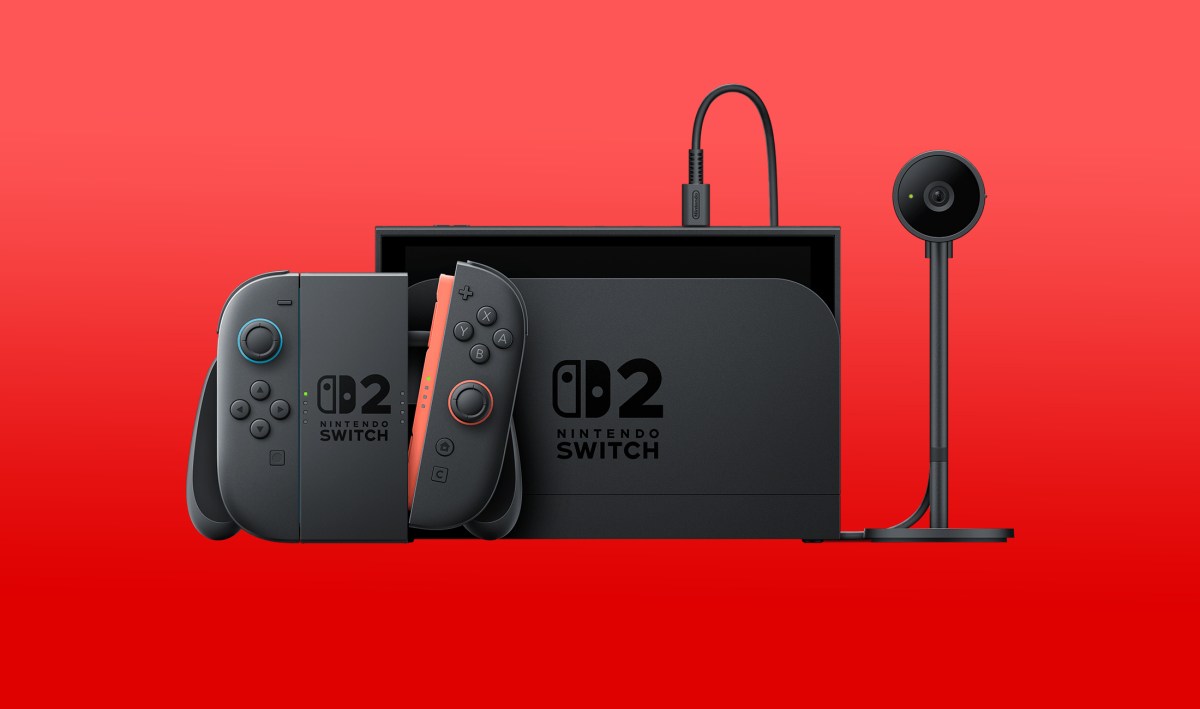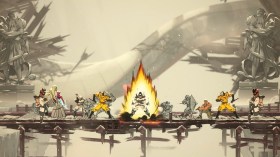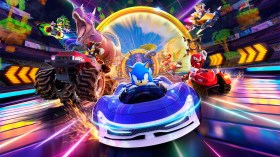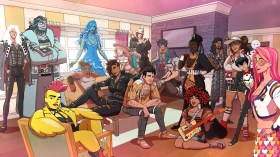The original Switch was a shooting star for Nintendo, in a time when it needed a miracle. Tapping into the zeitgeist of modern gaming – an aging audience, and a need to create more diverse ways to play – it developed a console that managed to serve everyone, at once. In its mix of playable titles, from bright first party adventures, to a range of the best AAA games, it brought consistently fun new experiences throughout its eight year life cycle.
Now, the Nintendo Switch 2 has arrived to take its place – and it’s certainly well-positioned to live up to the legacy of its predecessor.
Nintendo has made very clever decisions with this console. Noting the rampant success of the Nintendo Switch, it’s developed a sequel that retains the charm of the original, while improving on nearly every aspect. From overall design to functionality and UI, there’s really not much of a leap here, which makes it an easy adoption for existing players, and an exciting prospect for anyone looking to join the Nintendo ecosystem for the first time.
For years now, Nintendo fans have demanded a simple upgrade: a console with better performance, capable of playing more ambitious games. Nintendo has clearly listened, and delivering exactly that, with only rare changes.
Table of Contents
Nintendo Switch 2: Design and form factor
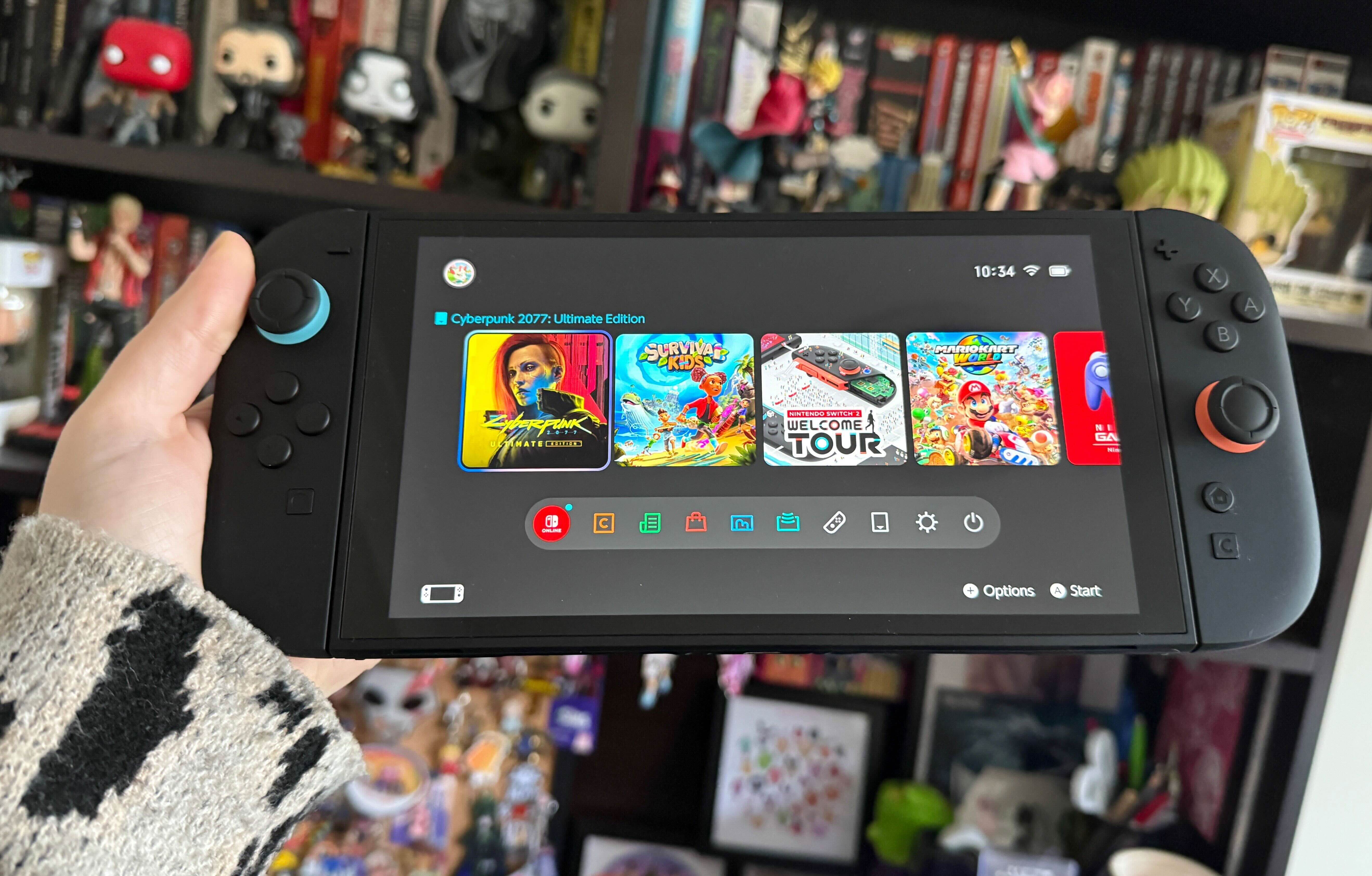
The Nintendo Switch 2 is essentially a slightly larger, more robust version of the original Switch. The console is sleek and wider than its predecessor, with a larger screen, and larger Joy-Cons. It’s got a more limited colour palette, gunmental grey with light red and blue accents, and it’s slightly rounder overall. But this is recognisably an adaptation of the Switch, complete with a very familiar form factor.
The only significant changes here are largely for the better. If you play through Nintendo Switch 2 Welcome Tour, you’ll learn about most of them – from tweaks to inner hardware, to new buttons and locking mechanisms.
The most useful change to know about is that the Joy-Cons no longer detach by sliding – which is great news for those who have their console slotted into a TV unit. Rather than sliding, you now detach the Joy-Cons outward, pressing a release button to snap them off quickly and easy. They also re-attach by magnets, so you can simply push your Joy-Cons into the console, and they’ll immediately lock in, with a firm grip.
The original Nintendo Switch Joy-Cons felt a bit flimsier while attached. You could push them, and feel the connection between them and the console wobble. With the Switch 2, the attachment is very strong, and there’s zero wobble. Thanks to Welcome Tour, I know this was an intentional revamp, to improve rigidity.
It means the console feels great to hold, and that there’s no flex at all. Yet the Joy-Cons are still more easily detached with intention, compared to their predecessors. It’s a simple matter of clicking the back button, and pushing out for a satisfying spring. Flip out the console’s new U-shaped stand, and you’ve got a simple, easy transition to tabletop mode, as well.
It’s clear the Nintendo team has learned solid lessons from the original Nintendo Switch, with a process of iteration allowing for improvements across the board. From the easier-detached Joy-Cons to the sturdier stand, the Nintendo Switch 2 features a host of changes developed with ease of use and accessibility in mind.
There is only one change overall that sticks out in my mind as a strange one – and that concerns the console’s dock. With a new, rounder design, the dock is better-looking than its predecessor, but it does feel slightly less functional. The entire back pops off, rather than being hinged – and based on my own experiences, as well as folks I’ve chatted to, this back doesn’t stay on well.
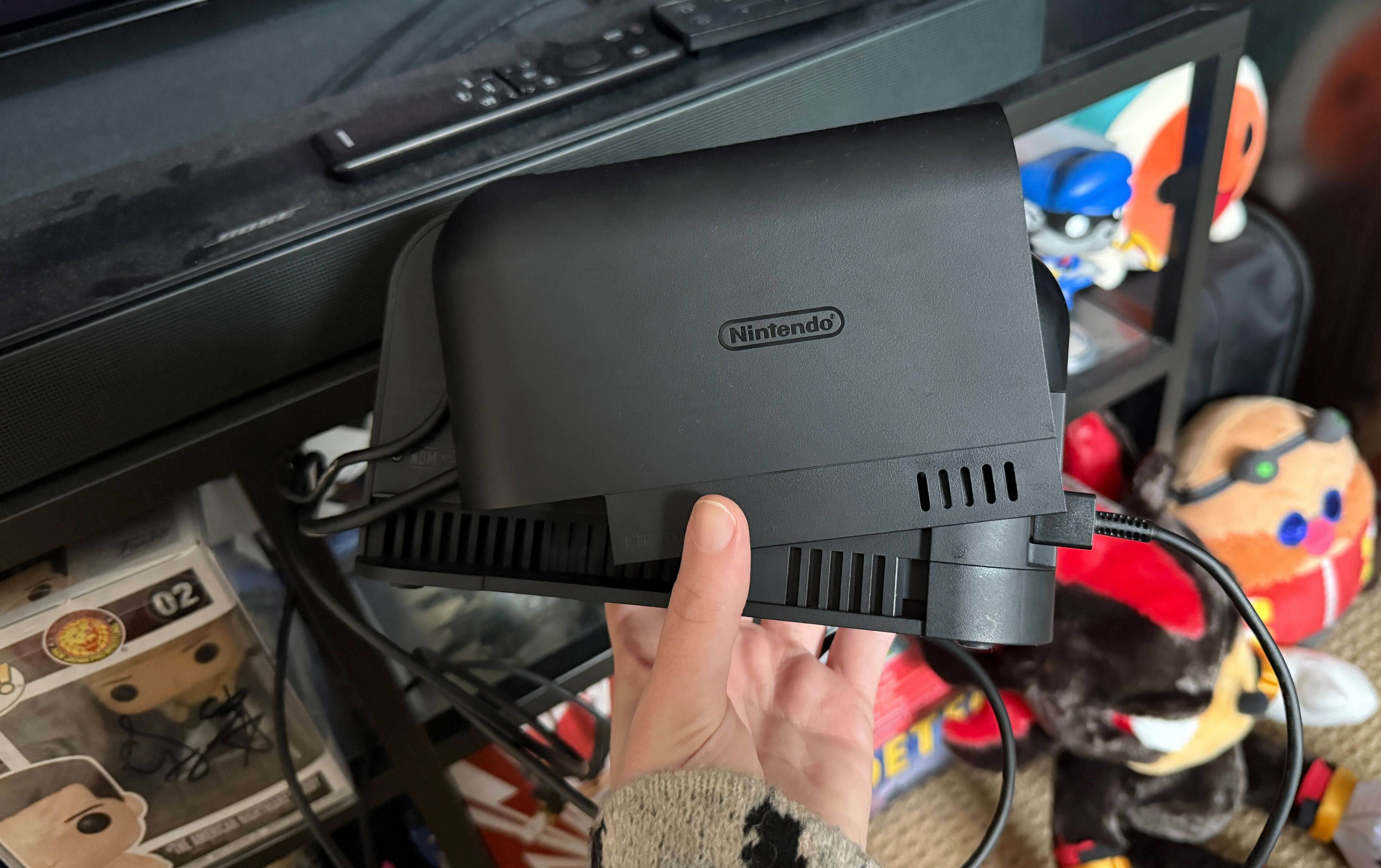
The plastic is very flimsy and difficult to attach, so any HDMI or power cables will actually push it off, unless you place the cords in exactly the right position. I’ve spent many minutes fumbling with this dock, only to have the back pop off the moment I let go. I didn’t have this trouble with the Nintendo Switch dock, which is notable.
In the grand scheme, it’s a minor bugbear, but it is a very annoying one.
It’s also worth noting this dock doesn’t feel well-equipped to handle the console’s own accessories, with only one USB-C port for the console’s power, and none for a camera cable. Rather, you need to plug the camera directly into the console itself, which can be an issue if you’re storing the console in a low TV unit.
Nintendo Switch 2: Chat and camera functionality
Speaking of that camera, that’s another big change for the Nintendo Switch 2. Launching into the modern era of more social gameplay, where hanging out and chatting with friends as you play is a relaxing pastime for many, Nintendo has introduced easy-to-access chat features for all players. Cynically, it could be seen as a way to sell more Nintendo Switch Online subscriptions – but it’s also fair to say many players, and particularly younger players, are now playing games differently.
I’m personally not one for being on camera while playing games with friends. I associate gaming with turning to ooze and showing off a double chin. But I do love voice chatting to friends while playing games, hearing about their day, and I appreciate that functionality is now native on Nintendo Switch 2.
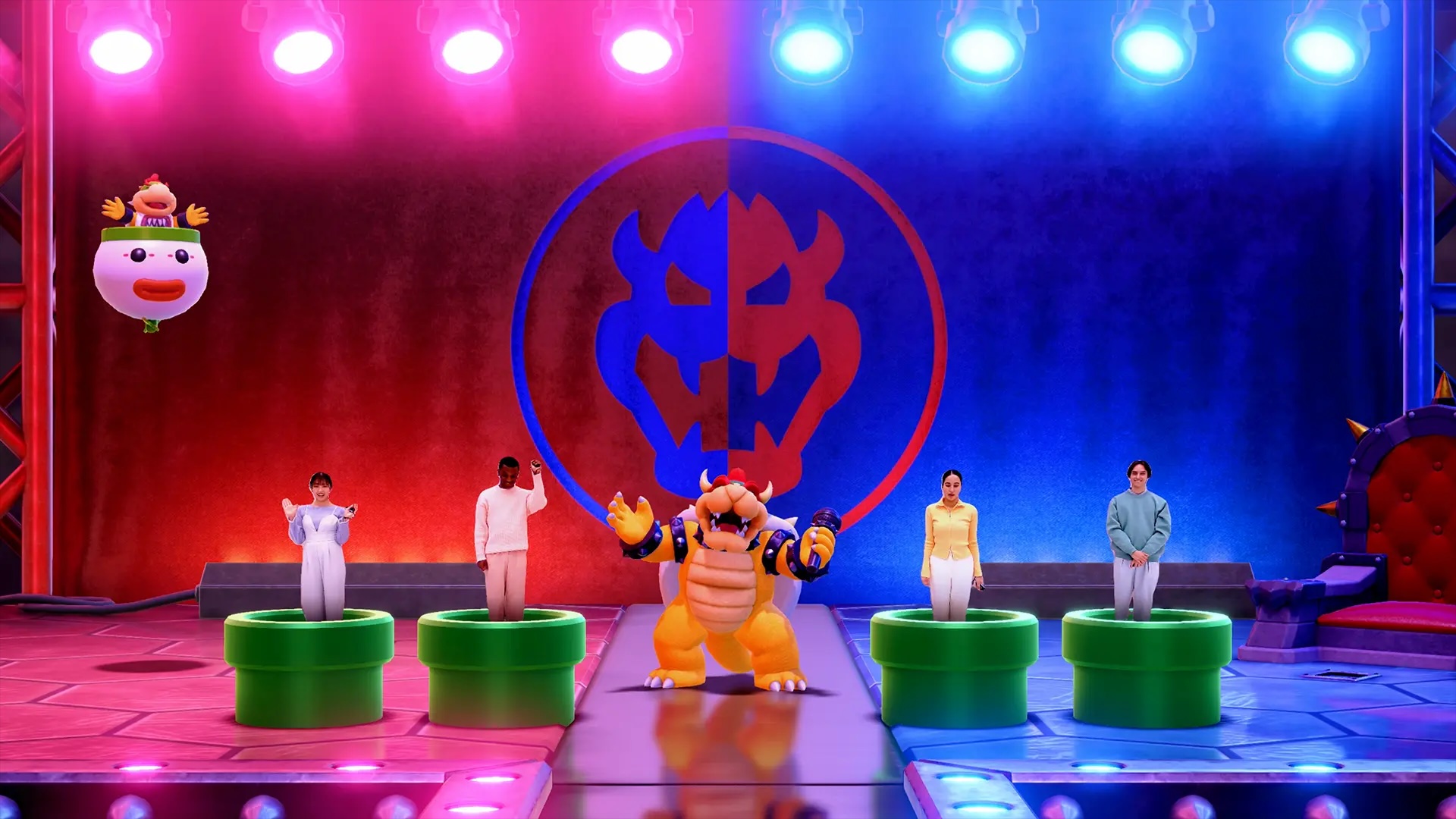
I would expect that younger kids would also appreciate the chance to chat to friends, as they’ve always done so while playing games. It’s worth noting the younger generation have grown up with multiplayer experiences like Fortnite, so gaming is more closely tied with being social than it would be for older gamers.
Even without that background, the camera is good fun across a range of experiences. For rounds of Mario Kart World, having voice chat and camera functionality active adds to the chaos and fun. When you’re thwarted by a brown shell or a banana, it’s hilarious to see the smug face of the player ahead of you, and realise exactly what they’ve done. I’m not particularly enamoured by the idea of strangers seeing my face in action, but when you’re playing with friends, it adds a lovely, sometimes mean touch.
Playing the upcoming Nintendo Switch 2 version of Super Mario Party Jamboree during a preview event, the camera was also used in very clever fashion, to insert players directly into mini-games, and make the entire thing seem funnier and more ridiculous. There is great joy in this camera functionality, and while I can see it having limited use in future games, the moments of silliness I’ve been gifted have solidified the joy of the camera, in my mind.
I don’t plan to use it regularly, to be realistic. But in short bursts, where the camera serves gameplay, or where it can bring me closer to my friends, it’s a novel, optional inclusion.
Nintendo Switch 2: Launch game roundup
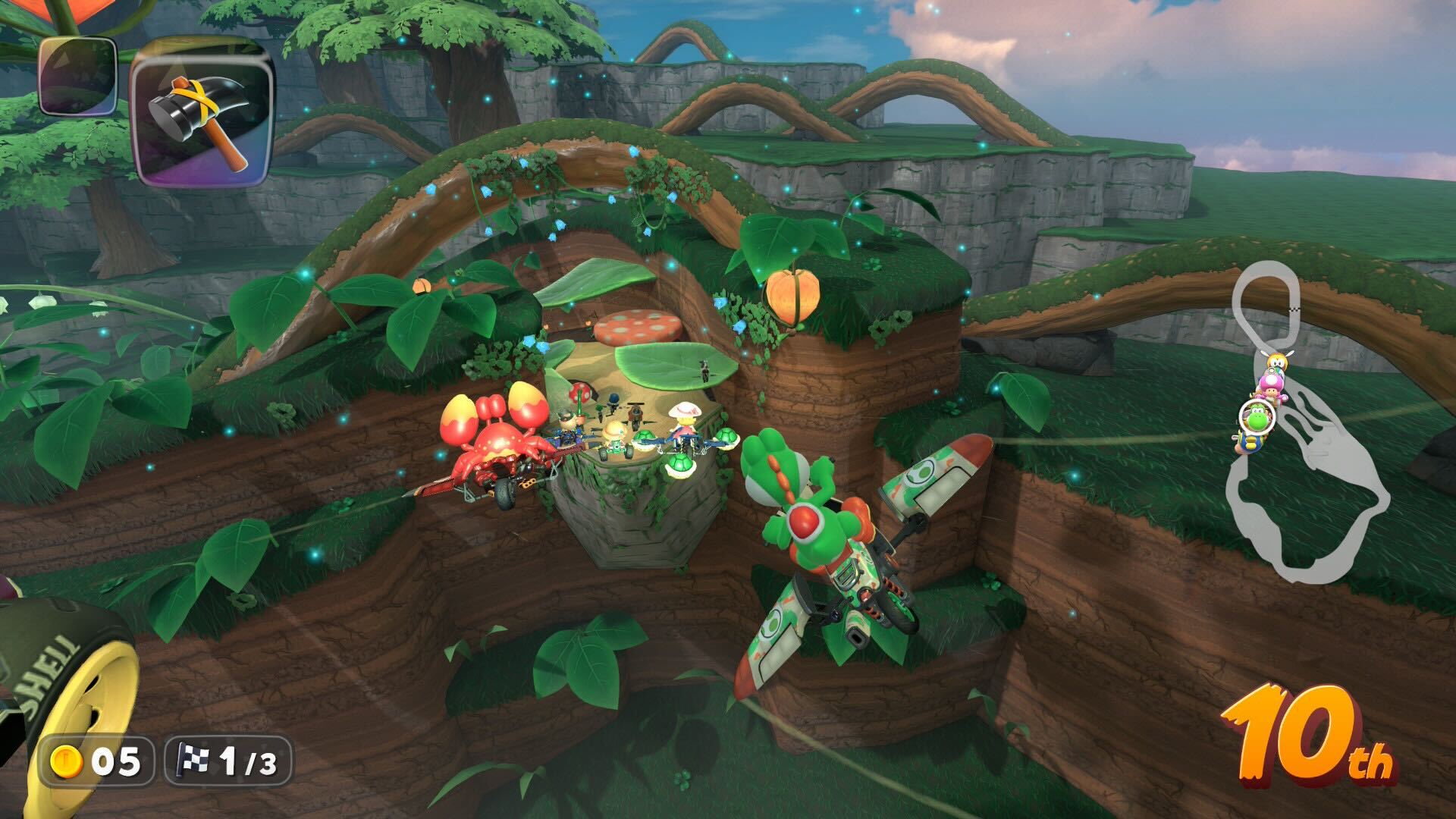
Another aspect of the Nintendo Switch 2 that’s important to discuss is the changed launch title strategy around the console. It has been tradition, for many years, to launch a new console with a wave of exclusive games to inspire audience uptake. Rather than take this road, the Nintendo Switch 2 has launched with two key first-party titles – Mario Kart World and Nintendo Switch 2 Welcome Tour – as well as a dozen performance upgrades for older titles, and some ported third-party games.
It’s an odd approach, to be frank. Many of the upgraded titles are popular first party games I’ve already played, and many others have also already played. So really, there’s not a major impetus for these players to purchase the Nintendo Switch just yet.
That said, the upgraded titles do perform noticeably better, to the point where there may still be temptation to adopt the console early, even if Mario Kart World isn’t your bag. Playing through Pokemon Violet, I discovered an entirely new game. The Switch 2 upgrade renders the game completely smooth, with zero frame rate drop or artifacting. This game was a notable underperformer on the original Switch, with lag that made it barely playable for some. With this console upgrade, it’s been salvaged.
Elsewhere, titles like Super Mario 3D World + Bowser’s Fury and Super Mario Odyssey have also been given performance upgrades, allowing them to look bright and crispy with HDR support, and improving their delivery overall.
It’s also worth noting there’s a range of great third-party titles available for the Nintendo Switch 2, which spice up the launch offering. Cyberpunk 2077 is fantastic on the Switch 2, and performs incredibly smoothly – much better than expected – despite the large scope and ambition of this game.
Split Fiction is also a treat, with colourful, bright, and clean visuals (although it’s worth noting you’ll need a second controller, as the Joy-Cons can’t be split for this experience). Sega and RGG also bring great options, with both Sonic x Shadow Generations and Yakuza 0 Director’s Cut feeling and looking gorgeous on the console.
There is range in the launch games here, although only players who haven’t already played their way across the modern games library will find something to love. From Nintendo itself, there’s not a lot to squawk about yet. We know that will change in future, as there are plans for new games down the line – from Donkey Kong Banaza to Metroid Prime 4 and Pokemon Legends: Z-A – but patience will be required.
Nintendo Switch 2: Battery life and Performance
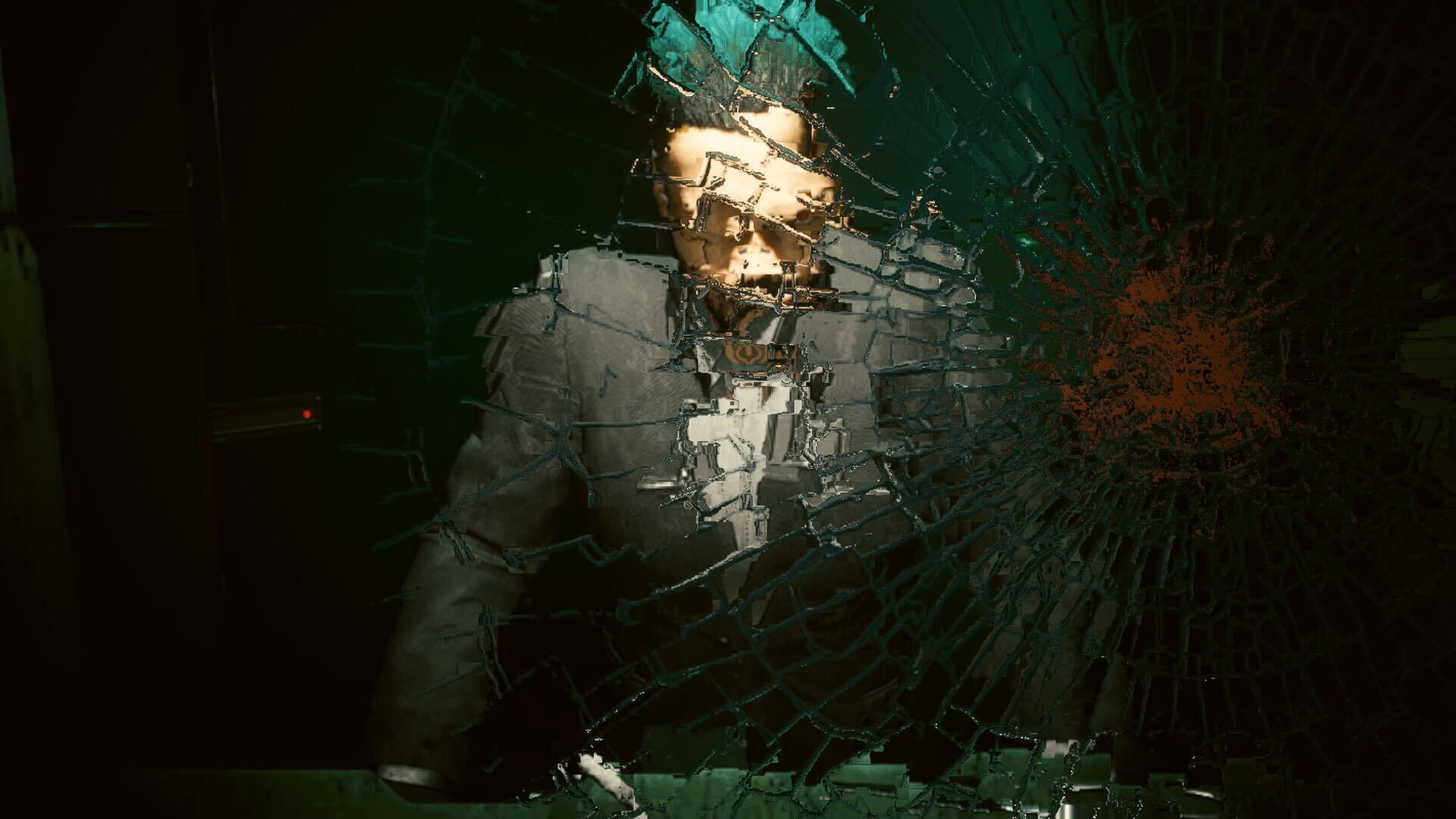
Playing through the console’s existing games library, what is most striking is how well the Nintendo Switch 2 performs, compared to its predecessor.
Even on an LCD screen, games look fantastic. While I went from playing on the Nintendo Switch OLED model to the Switch 2, the difference was negligible. Colours are slightly more washed out in comparison, and the LCD can’t deliver the rich, deep black of the Switch OLED – but it was not a particular concern of mine, and doesn’t impact the overall experience.
Titles like Mario Kart World are very impressive, with sunset vistas, lush forests, and rainbow galaxies rendered in bright, crisp colours and textures on-screen, whether in handheld mode or while docked. In the distance of Mario Kart World, you can see all sorts of lovely little details, making for some spectacular-looking courses.
Cyberpunk 2077 is a particular marvel on the console, with this port packing in brilliant contrast and character models, with crisp detail rendered cleanly. While this version doesn’t perform on-par with more robust consoles, like the PlayStation 5 or a dedicated gaming PC, there’s only minor caveats (messier hair, less crowded streets) to delivering the full experience.
While playing Cyberpunk 2077, it was also notable that the Switch 2 was quiet. You can feel the fans working away in handheld mode, but they never got too vigorous or loud while playing. The chassis also never got too hot, in my experience. Cyberpunk 2077 and Mario Kart World were the most demanding games I played, and in both cases, the chassis was lightly warm, but never to the point of being hot.
All that said, there was one minor issue I faced while playing in this fashion. In handheld mode, on either Cyberpunk 2077 and Mario Kart World, the Nintendo Switch 2 only lasted around 2 hours on battery. While this is variable, as some games are less demanding and can get you closer to 3-4 hours of battery, the reality is both Cyberpunk and Mario Kart represent the fair demands of modern games.
I don’t expect future Switch 2 games will be any less demanding. It means you can’t expect the console to run for a significantly long time in handheld mode at all. For some, this will be a disappointment. Other handheld consoles, like the Steam Deck, can run closer to 5-6 hours without breaking a sweat. Even the Nintendo Switch OLED model performed better, and that was a product of the last generation.
Frankly, I did expect more from the console’s battery, particularly given the console runs an LCD screen, which should be a bit less demanding than an OLED. As someone now used to playing handheld games on a Steam Deck, it will force a change of habit.
Overall verdict
In all, the Nintendo Switch 2 is a wonderful console, regardless of these minor bugbears. Nintendo has clearly listened the market with this release, sticking to tradition while forging ahead with new, more experimental features in reasonable ways. This is not a particularly adventurous console. It doesn’t take many risks. But in a time of uncertainty, it’s exactly the console Nintendo needs.
The original Nintendo Switch was clearly the blueprint for this release. Nintendo sat down, analysed what worked well about that console, and why it became such a sales success, with such a defiant longevity. It looked at that launch, and it said ‘let’s do that again, but better.’
So, the Nintendo Switch 2 has arrived, as a console that does exactly that. It’s the Nintendo Switch, but better. It can play more powerful games. It’s a more social console. It’s more ergonomic, more comfortable to hold, and better built. With a strong foundation, it’s an approach that serves the console entirely well.
While a slim array of launch titles may present few compelling reasons to drop everything and adopt the Switch 2 right now, there’s no doubt that in the months ahead, the console’s appeal will continue to grow, paving the way for a bright future.
A Nintendo Switch 2 console, accessories, and games were provided to ScreenHub for the purposes of this review.
